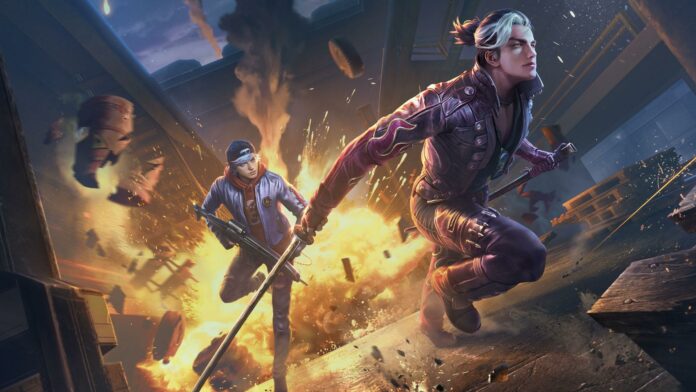In recent years, Free Fire players have felt a growing unfulfilled nostalgia, with the absence of landmark events that once defined the game’s essence. Garena, as the main developer of Battle Royale for mobile devices, seems to have significantly reduced investment in initiatives that evoked emotional memories and united the community. This change is not only noticeable but may be negatively influencing player loyalty. Let’s explore in detail how this lack of nostalgic events affects the overall experience and what it means for the future of Free Fire.
1. Disconnection from the Roots
Nostalgic events are essential because they reconnect players to Free Fire’s origins, strengthening emotional bonds that go beyond gameplay. For veterans who have followed the game’s evolution since its beginnings, the absence of these events can create a sense of disconnection, as if the game is moving away from its fundamental roots. For example, reviving classic maps or iconic characters could reignite that passion, but with Garena’s current strategy, players feel increasingly distant. This disconnection not only affects individual engagement but can also reduce user retention in the long term.
2. Excessive Focus on Temporary Content
Garena has directed its efforts toward temporary events and fleeting collaborations, such as partnerships with celebrities or seasonal themes, which, although attractive, neglects the revitalization of classic elements. This approach prioritizes novelty at the expense of depth, overshadowing the appreciation for items and game modes that fans have loved for years. As a result, players lose the opportunity to revisit and value what made Free Fire unique, potentially leading to content fatigue and a preference for competitors that balance innovation with nostalgia.
3. Potential Impact on the Community
Nostalgic events do more than entertain; they act as catalysts to strengthen the community, fostering discussions, sharing, and social interactions. Without them, the Free Fire community may become less active, with players feeling demotivated and even migrating to other games. Engagement data from forums and social networks show that nostalgic content generates greater interaction, and Garena could leverage this to drive campaigns that deeply involve users, thus avoiding potential erosion of the player base.
4. Player Engagement
Investing in nostalgic events would allow Garena to engage the community in an active and collaborative way. Imagine campaigns where players vote on classic elements to be reintroduced or even contribute creative ideas, making the experience more personalized and inclusive. This strategy not only increases engagement but also turns players into co-creators, strengthening loyalty and creating a positive cycle of feedback and innovation.
5. Limited Potential for Innovation
Nostalgia doesn’t have to be static; it can serve as a bridge to creative innovations, such as adapting classic mechanics to new game modes or integrating old elements with modern technologies, like augmented reality. By exploring this, Garena could expand Free Fire’s appeal, attracting both longtime players and newcomers, and turn the current absence into an opportunity for sustainable growth.
In conclusion, the decline of nostalgic events in Free Fire represents a significant risk for Garena, as it affects the emotional bond with players and could result in a less vibrant community. To reverse this scenario, the company should prioritize a balanced mix of innovation and revival of the past, actively listening to user feedback. If Garena acts quickly, it not only could restore the lost nostalgia but also ensure the game’s continued success in the competitive Battle Royale world. This approach could be the deciding factor in keeping Free Fire as a leader in the mobile gaming market.

